Shophouses with MallSpacesAsia
Not ready to navigate the fast-paced demands of mall spaces? Explore the option of launching your F&B or retail venture in strategically positioned shophouses, either near malls or along MRT routes. Seize the advantages of heightened foot traffic near retail malls, highlight an Instagram-worthy storefront and decor, or contemplate relocating your business from malls to shophouses.
Your ideal business spaces awaits.
Historical Origin of Singapore Shophouses
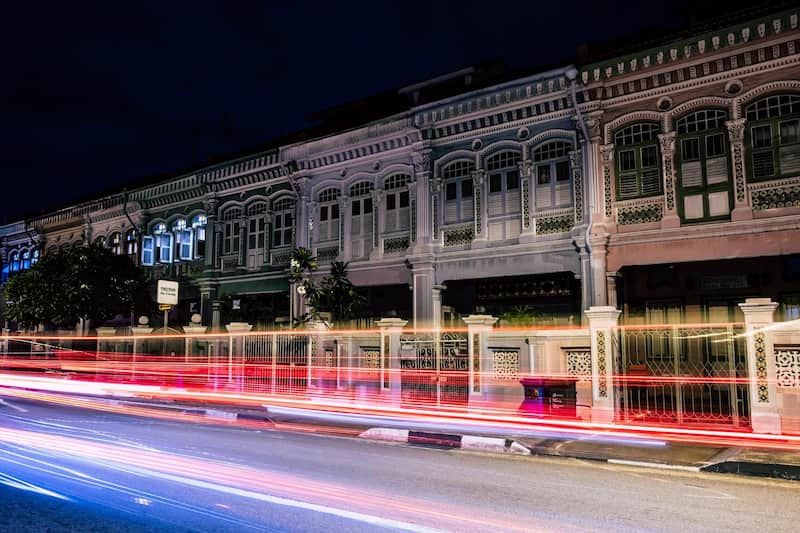
Dating back to the 1840s and 1960s, shophouses stand as architectural gems from pre-World War Two, gracing Singapore with a distinctive heritage.
These two to three-story masterpieces are situated in narrow, terraced settings, featuring a characteristic sheltered ‘five-foot’ way at the entrance. The government has undertaken the conservation of all these shophouses, recognizing their historical significance.
Preserving this rich architectural legacy is a stringent building conservation effort, particularly in districts like Chinatown, Boat Quay, Kampong Glam, and Little India. Approximately 6,500 shophouses enjoy conservation status, and efforts are ongoing to protect these structures.
For further insights into conservation areas, explore the URA one-stop portal (URA – Conservation Areas & Buildings). Discover the significance of these areas and buildings by delving into the information provided.
Location plays a pivotal role in the allure of these shophouses, predominantly found in prime areas such as Duxton, Tanjong Pagar, Keong Saik, Chinatown, and Boat Quay. These coveted locations, considered golden in land-scarce Singapore, are renowned for their consistent appreciation in land value over time.
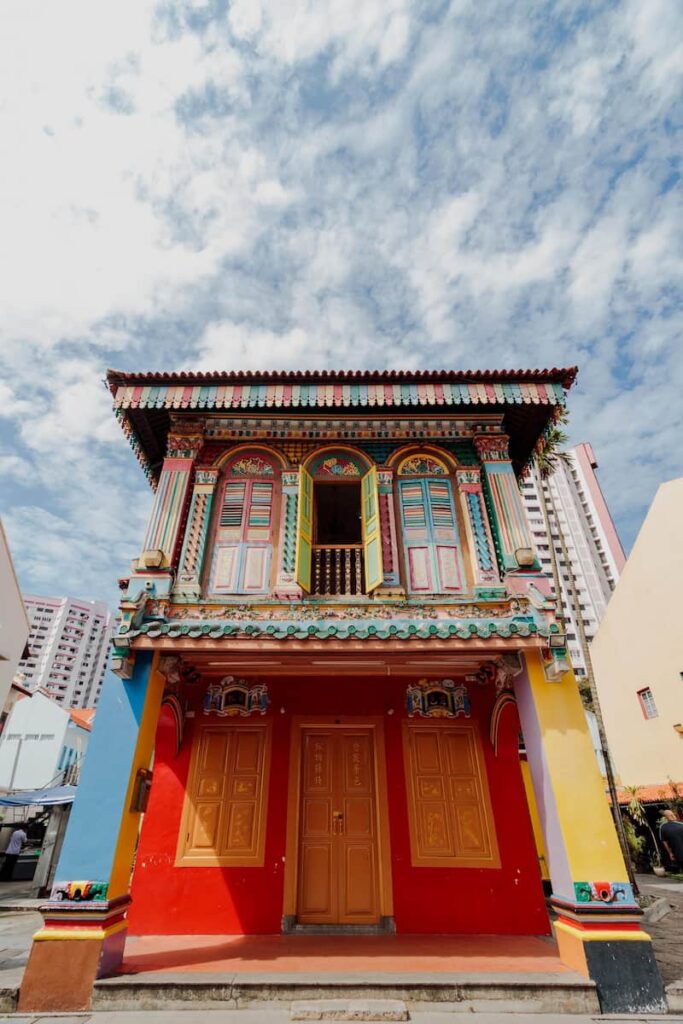
Exquisite and Unparalleled
The term “Rare” aptly describes shophouses with conservation status, as their numbers are fixed, emphasizing the need for preservation. This rarity makes them a coveted collection for ultra-high-net-worth investors, presenting significant potential for high capital appreciation.
Capital Appreciation
Given the scarcity of these shophouses, particularly those in the CBD, there is a continual demand for them. Investing in such properties proves to be a secure venture, as it is closely tied to capital appreciation. Historical transactions bear witness to these shophouses changing hands and yielding substantial profits for discerning investors.
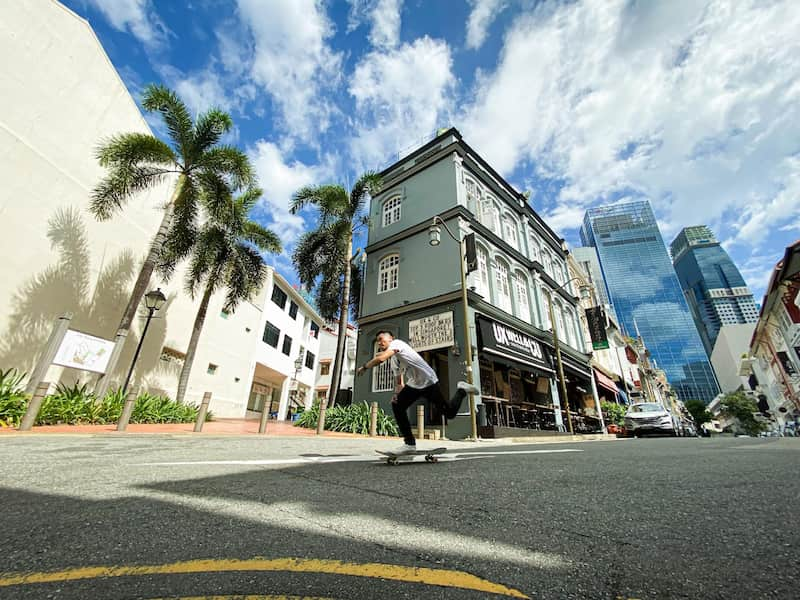
Exploring the various categories of shophouses:
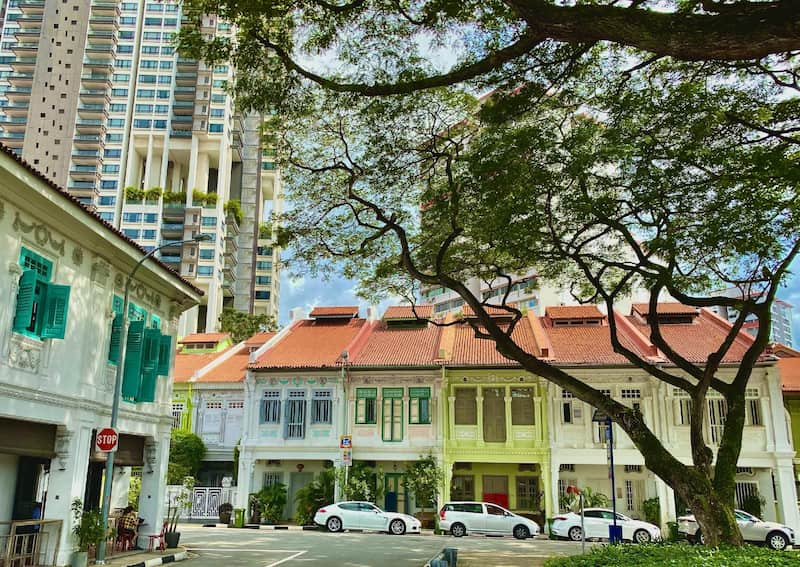
Shophouses in the Early (1840-1900) are characterized by their low and compact two-storey structures featuring one or two windows on the upper floor facade. The rectangular windows and doors are framed in timber, incorporating shutters made of boards, panels, or louvres to enhance ventilation.
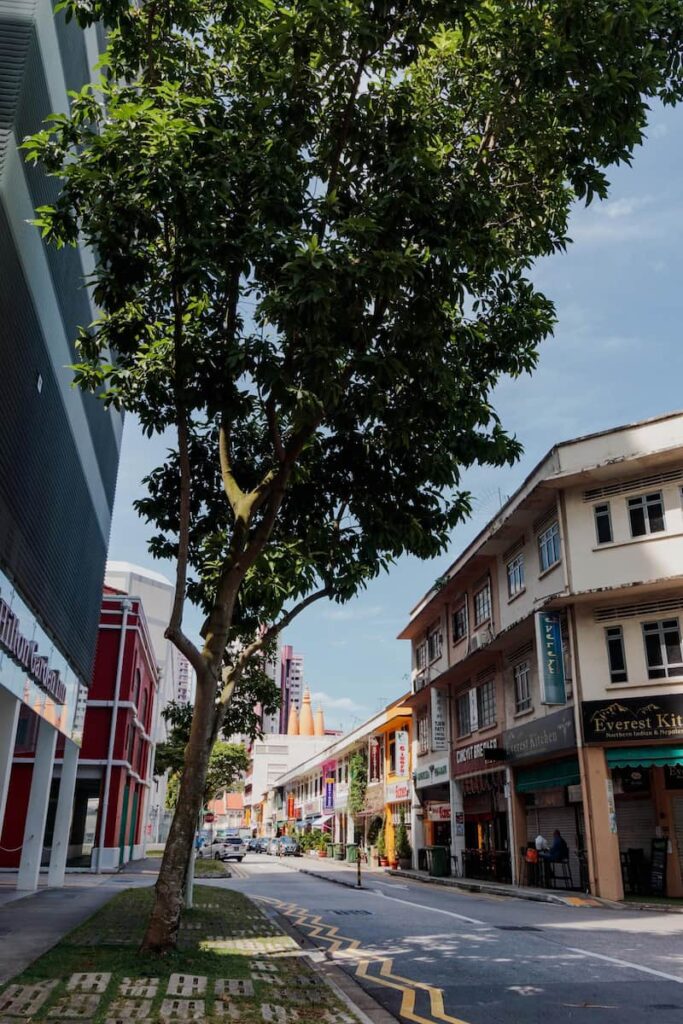
In the initial phase of the Transitional Shophouse Style, windows and doors commonly feature timber shutters, although the incorporation of small glass plates into these shutters is becoming more prevalent. The upper stories often have two windows, with flat-arched or semi-circular transoms. Ventilation is facilitated through square or diamond-shaped vents positioned between windows.
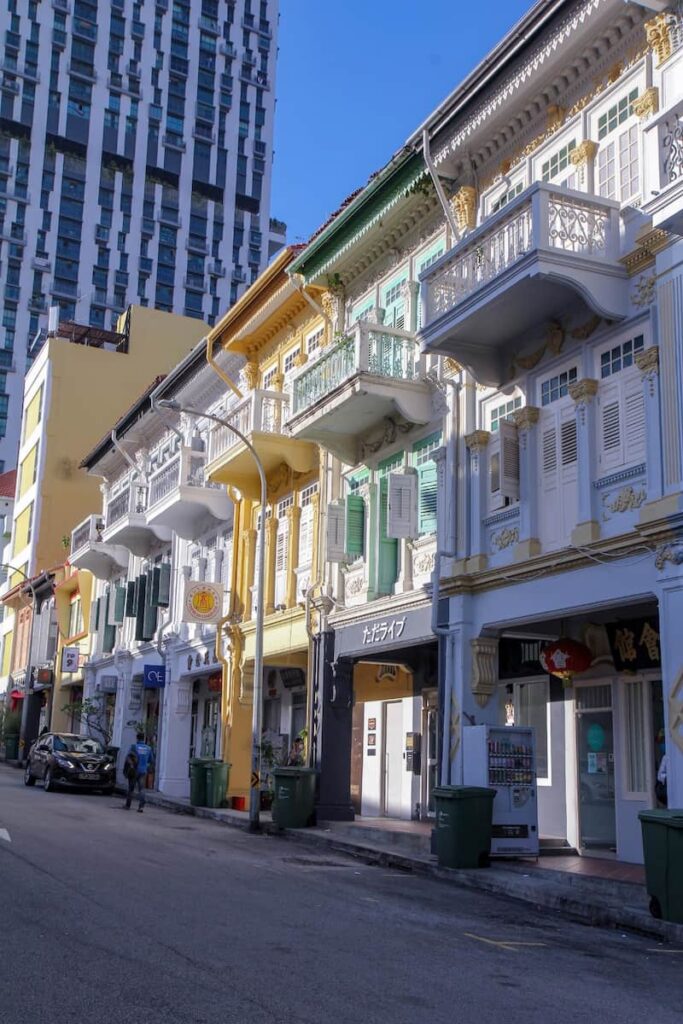
The Late Shophouse Style, spanning from 1900 to 1940, stands out as a remarkable architectural approach. Notably, it showcases an extravagant utilization of decorative mouldings, pilasters, intricately carved woodwork, and imported glazed tiles on the facade. This style exemplifies a successful integration of Eastern and Western design influences, reflecting a harmonious blend in architecture.
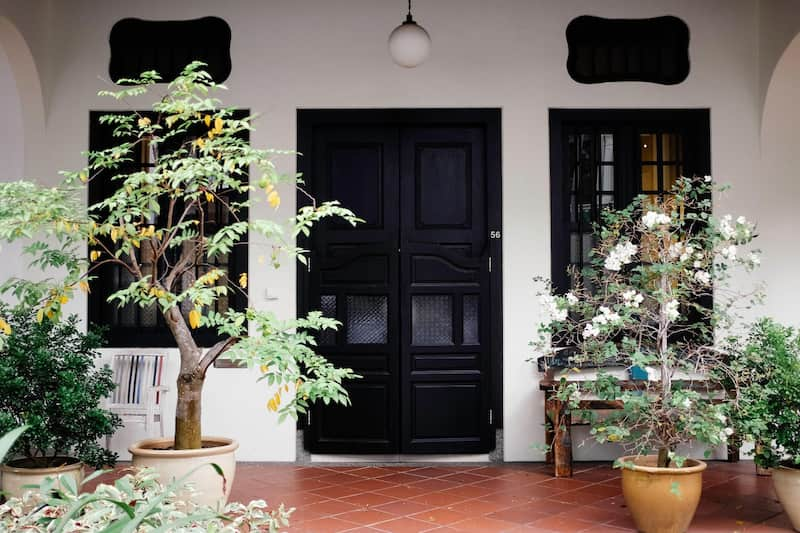
The Second Transitional Shophouse Style adopts a more straightforward and streamlined design, marked by a deliberate simplification of ornamentation by designers and builders. It seamlessly integrates late-style motifs like intricately carved transoms and vibrant ceramic tiles with Art Deco elements, including cross-braced glass window panels and uncomplicated geometric balustrade designs.
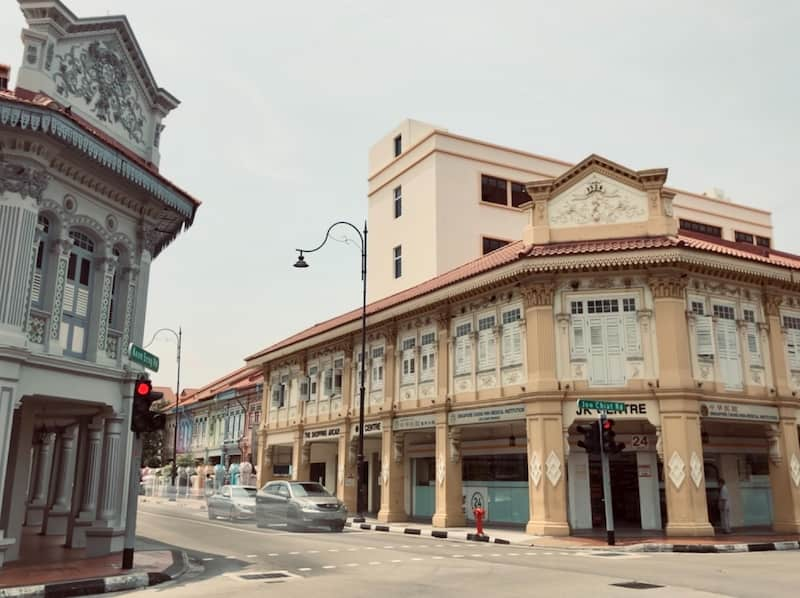
The Art Deco Shophouse Style, prevalent from the 1930s to the 1960s, is characterized by a facade adorned with straightforward geometric designs. This style is distinguished by the streamlined reinterpretation of classical motifs, including capitals, arches, and keystones.
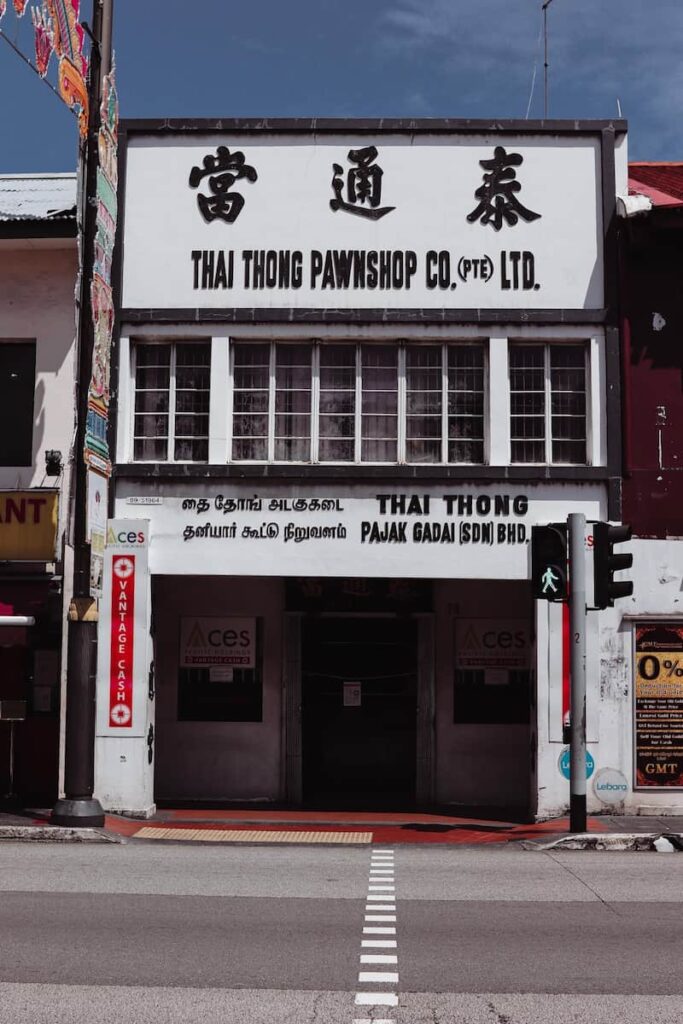
The Modern Shophouse Style, prevalent during the 1950s to the 1960s, showcases ingenuity through the incorporation of slim concrete fins and functional yet decorative air vents on the building facade. Well-proportioned windows harmoniously complement the geometric design of the facade.
Image and Description Sources: https://www.ura.gov.sg/Corporate/Guidelines/Conservation/Conservation-Guidelines/Part-1-Overview/Understanding-The-Shophouse
